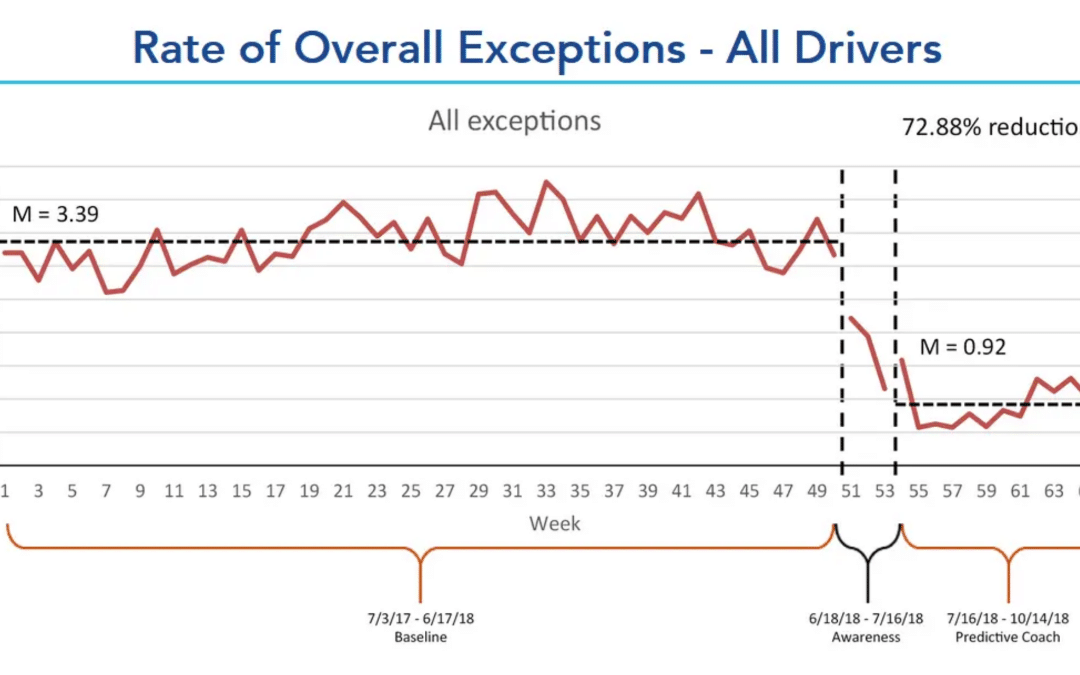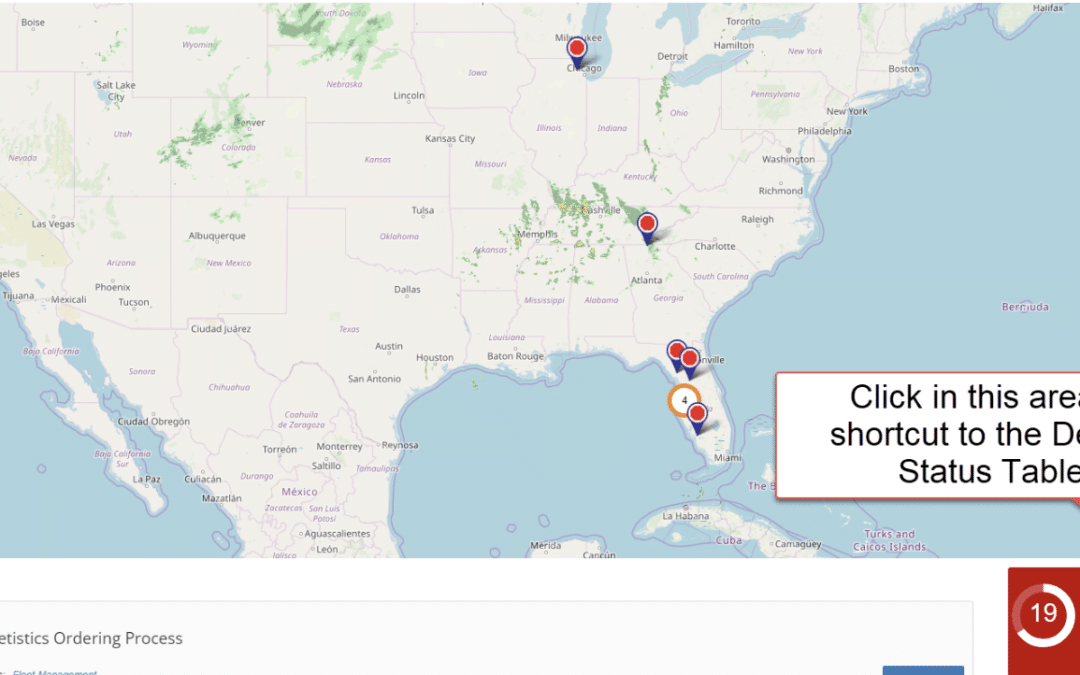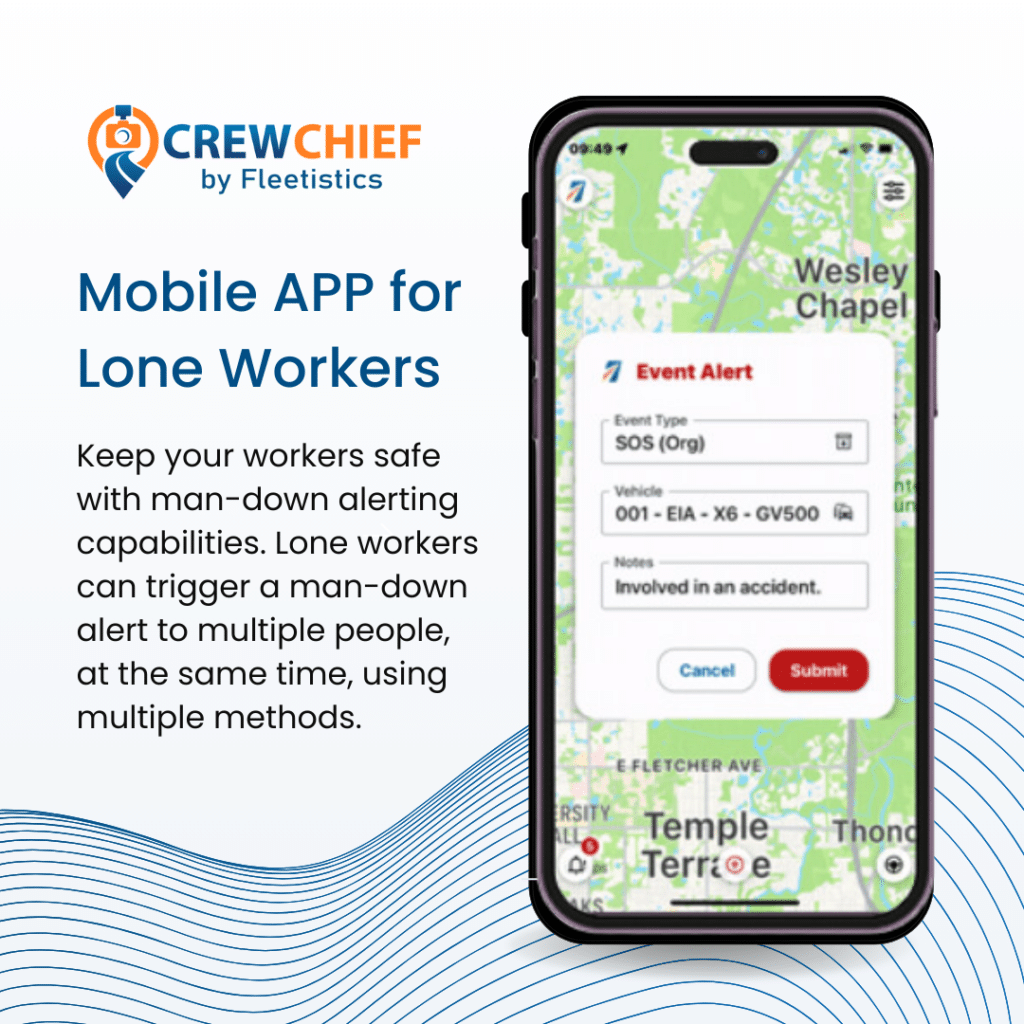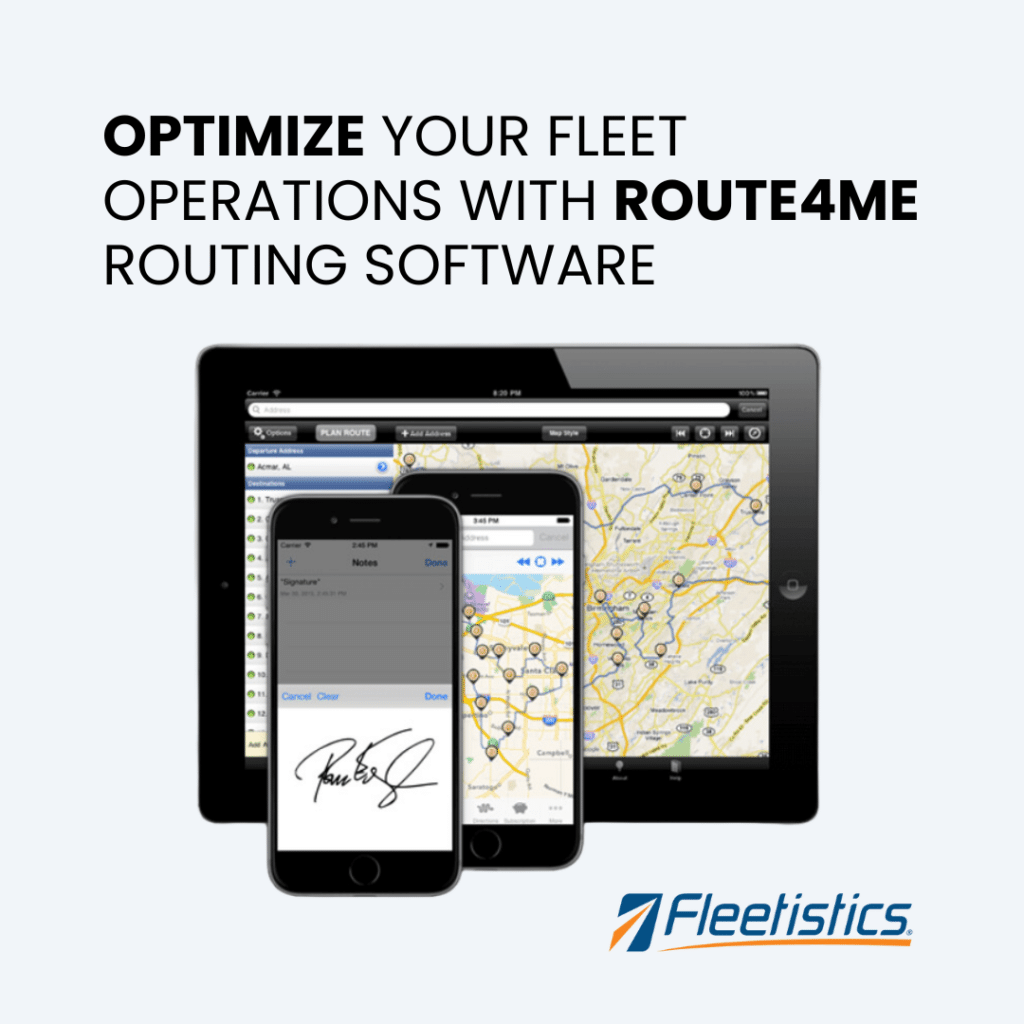
by John Smizek | Mar 21, 2024 | Fleet Management, Fleet Management Software, GPS Tracking & Telematics Equipment, Risk and Safety, Uncategorized
Tampa’s Top Preferred Choice For Fleet Management and Telematics Solutions! Fleetistics has been the Tampa GPS Tracking and Telematics authority since the technology was in its infancy. We are recognized as a leading provider of fleet management technology both...

by Lynn Rios | Oct 27, 2023 | Fleet Management, Data Integration, Fleet Management Software
Fleetio Fleet Management, The Ultimate Maintenance Solution Looking for an integrated maintenance solution? Integrated with Geotab, Fleetio Fleet Management empowers your team to manage vehicles, equipment, maintenance, total cost of ownership, fuel, and more with...

by Lynn Rios | Oct 16, 2023 | Fleet Management, Fleet Management Software
Ongoing driver improvement through targeted driver training is one of the hottest trends in fleet management today When based on actual driving history, targeted driver training is an effective tool for driver improvement. A recent article in Commercial Carrier...

by Nadet Rautenbach | Sep 27, 2023 | Business Intelligence, Electric Vehicles, Fleet Management Software
As more companies transition to electric vehicles for their employees, it becomes necessary to establish a clear policy regarding the charging and reimbursement of take-home EVs. One crucial aspect to consider is the reimbursement of drivers for home charging of EVs....

by Nadet Rautenbach | Sep 20, 2023 | Fleet Management, Fleet Management Software, Fuel Cards, ROI
Efficiently managing fuel expenses is essential for maximizing profitability and sustainability. In this blog post, we will explore some key strategies and tips that fleet managers can implement to save fuel and increase their bottom line. On average, fuel represents...

by Lynn Rios | Dec 5, 2022 | Fleet Management Software
The Fleetistics Device Status Table is probably the most underused tool available on MyFleetistics. Many customers use the MyFleetistics portal but do not realize there are many helpful tools, views, and reports at their fingertips. MyFleetistics provides what the GPS...










